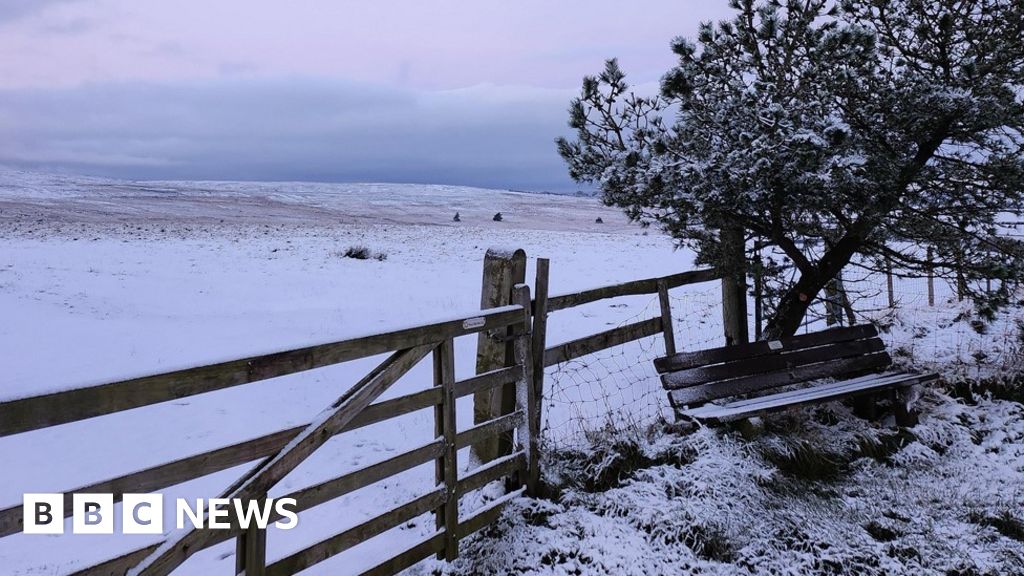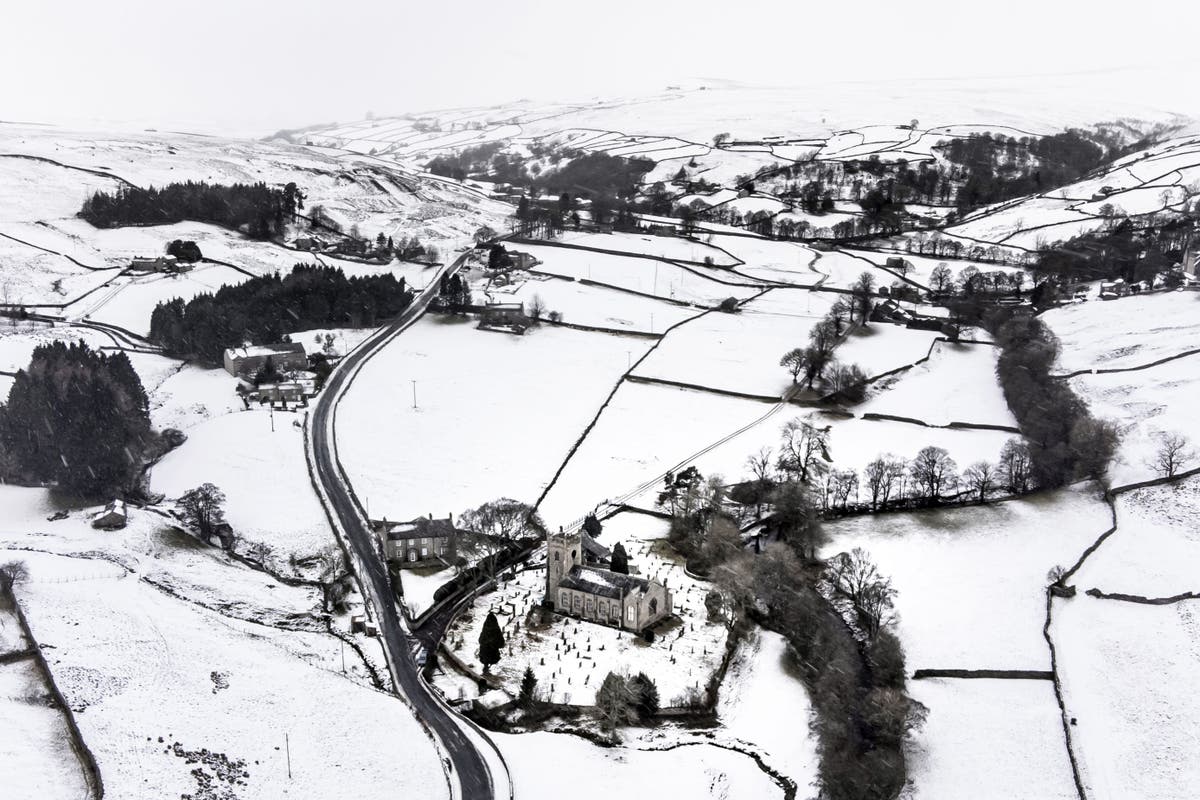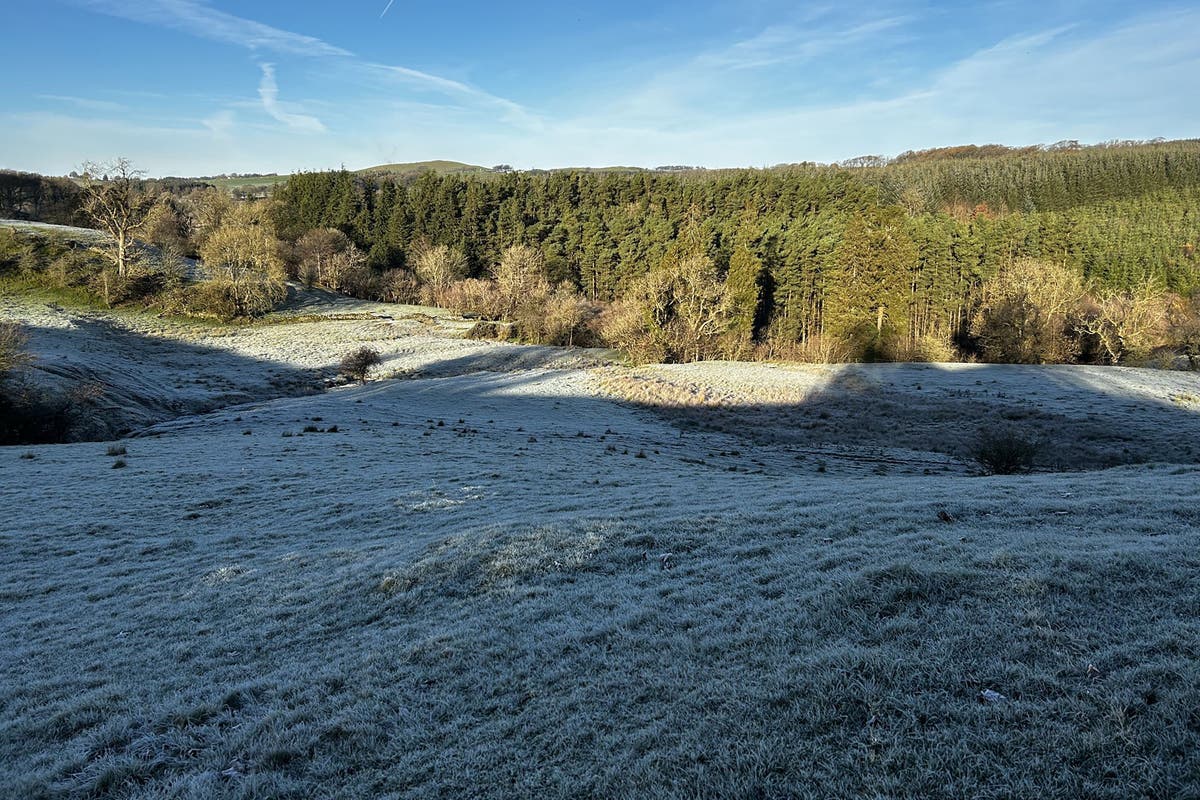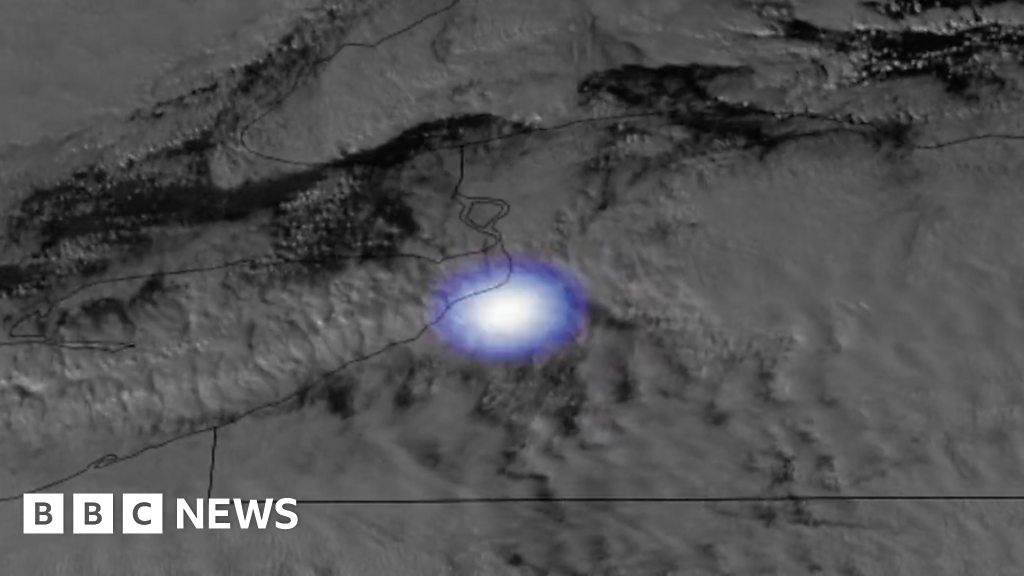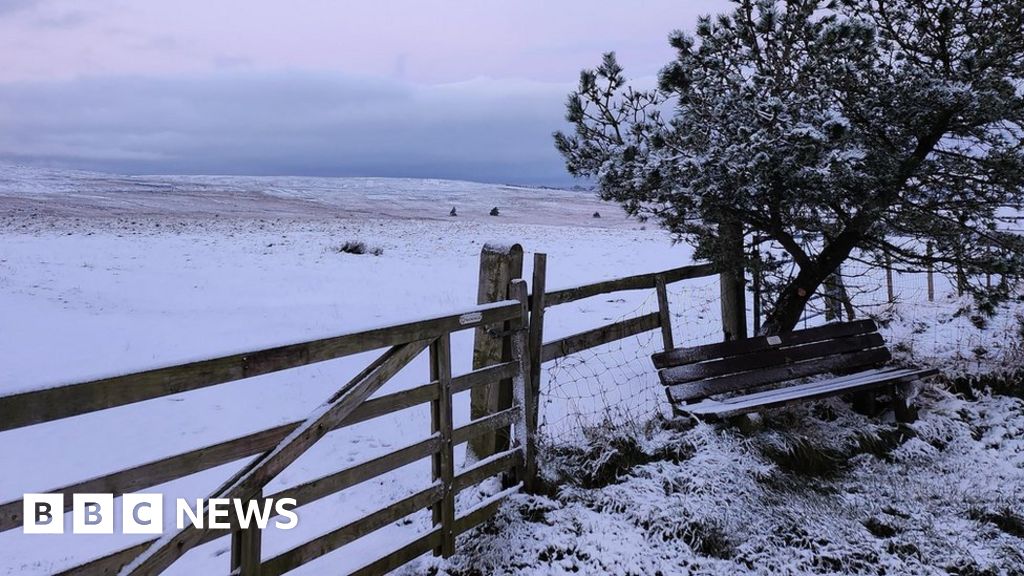Theguardian
Snow and ice forecast for Britain as Met Office warns of travel hazards
L.Thompson3 months ago
Britons are being told to brace for potentially hazardous conditions as snow and ice are forecast for parts of the country. The Met Office has issued yellow weather warnings for snow and ice that are set to last from Tuesday at 5pm to Wednesday at 11am. Central, Tayside and Fife, Grampian, Highlands and Eilean Siar, north-east England, Orkney and Shetland, south-west Scotland, Lothian Borders and Yorkshire and Humber are some of the affected regions. The Met Office said: “Wintry showers will lead to ice forming on untreated surfaces during Tuesday evening and overnight into Wednesday morning. “Snow will begin to accumulate, especially away from windward coasts, with 1-3cm possible. Higher routes of north-east Scotland may see up to 5cm of snow accumulate.” It is likely that some roads and railways could be hit, meaning travellers could face longer journey times by road, bus and train services, according to the forecaster. They also warned that icy patches could form on untreated roads, pavements and cycle paths. The UK Health Security Agency (UKHSA) has issued a yellow cold-health alert for the health sector covering northern regions of England, which runs through the whole week. Towards the end of the week there is a possibility of snow across parts of the south, according to the Met Office. The forecaster explained that snowfall in late autumn or early winter did not generally linger – especially in southern Britain – as ground temperatures broadly remained relatively high after the summer. David Oliver, a Met Office deputy chief meteorologist, said that after some rain on Monday, conditions would turn mainly dry in the south before there an uncertain period on Thursday and Friday for the southern half of England and Wales. He said: “The weather models are highlighting several possible solutions from very wet to mainly dry, with a mainly dry picture the most probable outcome at present. However, some models include the prospect of an area of low pressure developing and moving in from the south or south-west. skip past newsletter promotion Free daily newsletter Our morning email breaks down the key stories of the day, telling you what’s happening and why it mattersPrivacy Notice: Newsletters may contain info about charities, online ads, and content funded by outside parties. For more information see our
Newsletters may contain info about charities, online ads, and content funded by outside parties. For more information see our Privacy Policy . We use Google reCaptcha to protect our website and the Google Privacy Policy and Terms of Service apply.
after newsletter promotion “If this solution proves to be correct, we could see an area of warmer and moisture-laden air ‘bumping’ into the cold air further north. Along the boundary of the two air masses lies a zone across southern and central Britain where snowfall could develop fairly widely. “Snow in any affected area is unlikely to be anything more than transient and short-lived, but it could lead to small totals and some disruption over a few hours before melting.” Rod Dennis, a spokesperson for RAC Breakdown, said the service was expecting to see a sharp rise in the number of breakdowns this week as and car batteries falter. He urged drivers to get their cars checked and to bring winter clothing on their journeys in case they get stuck in sub-zero temperatures.Read the full article:https://www.theguardian.com/uk-news/2023/nov/28/snow-ice-met-office-forecast-britain-travel-hazards
0 Comments
0



